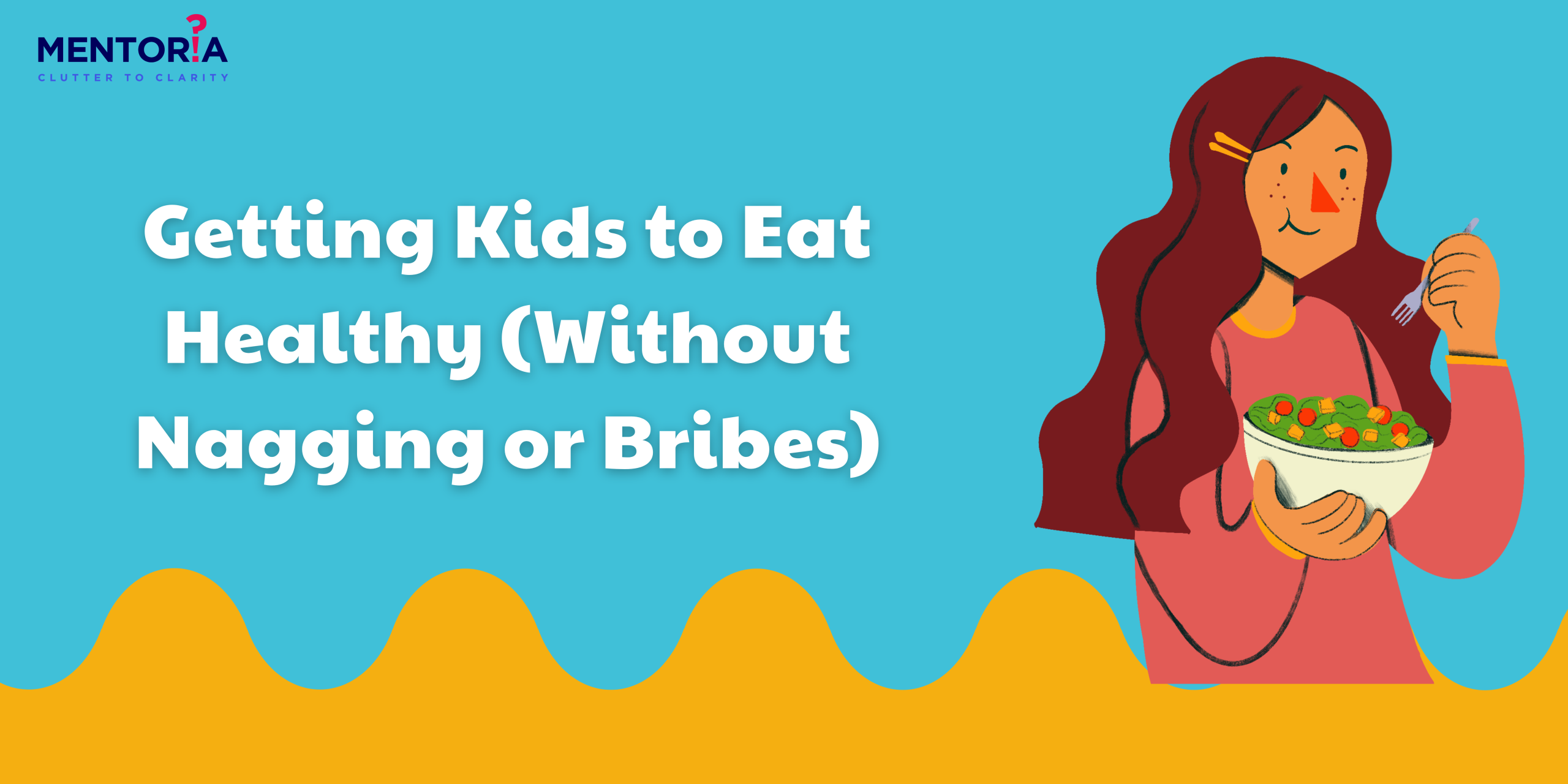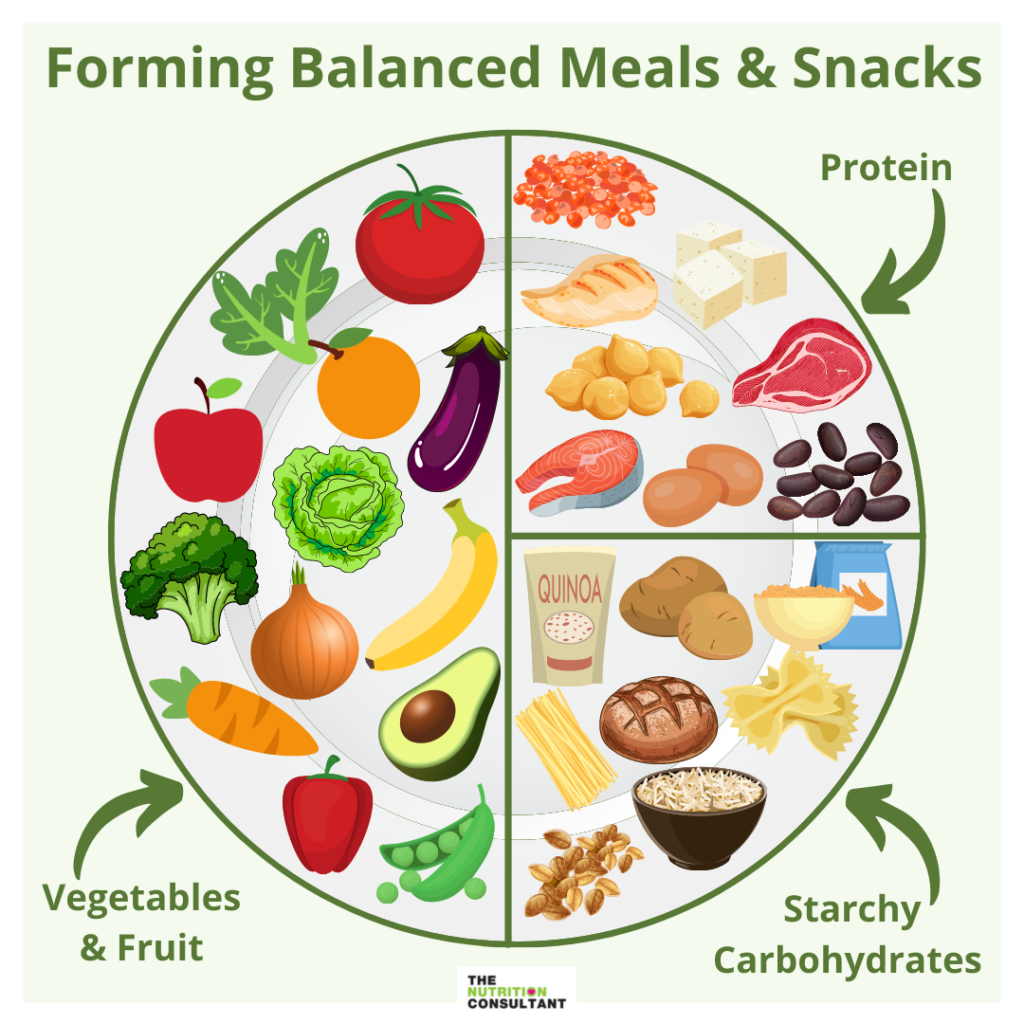Getting Kids to Eat Healthy (Without Nagging or Bribes)

You put the vegetables on the plate. They push them away.
You say “just two bites.” They sulk.
You give in — toast, nuggets, biscuits again.
Cue guilt. Cue Googling “Is ketchup a vegetable?”
Let’s pause right there.
Feeding kids doesn’t have to feel like a daily fight. It’s not about nutrition charts or hiding spinach in cake (though, good job if you do that). It’s about building a relationship with food — one small bite at a time.
Here’s what works. No shame, no bribes, no lectures.
1. Try the “Rainbow Plate” Rule
Offer a plate with 3–5 naturally colourful items. Think: carrots, cucumber, beetroot, corn, tomatoes, peas, fruit slices. The more variety, the better.
Bright food is more visually appealing. Kids love choices and patterns. This method focuses on adding, not restricting.
Say: “Pick your three favourite colours today!”
Not: “Eat your veggies or no dessert.”
Pro Tip: Arrange food in silly faces or colour rows. It’s not a waste of time if it makes the plate more fun than a phone screen.
2. Use the 3 E’s Framework (Evidence-backed by child dieticians)
-
Expose: Keep offering the food without pressure, it can take 15+ tries.
-
Empower: Let them choose between two healthy options.
-
Educate: Say things like “Carrots help our eyes see in the dark” — not “You have to eat it because I said so.”
3. Rework the Environment
-
Serve meals family-style — put all items on the table and let them plate their own. It creates autonomy.
-
Keep snacks out of sight during mealtimes. Visibility drives craving.
-
Eat together as often as possible. Modelling matters more than lecturing.
4. Remove “Clean Plate” Pressure
Instead of “finish everything,” try:
-
“Listen to your tummy — are you full?”
-
“Let’s try one bite and see how it feels.”
-
“You don’t have to like it. But you can learn to taste it.”
This supports intuitive eating — a key predictor of healthy weight and better long-term food habits.
5. Watch for Sneaky Sabotages (They’re not the kids)
-
Juice marketed as “natural” = mostly sugar
-
“Whole grain” biscuits = often loaded with sodium
-
Too many mini-meals = no real hunger at lunch
Start by swapping just one of these a day. Small changes > sudden bans.
One-Week Reboot Plan
-
Day 1–2: Introduce the Rainbow Plate
-
Day 3: Let your child pick one fruit and one veggie at the grocery store
-
Day 4: Try a “no pressure” dinner — eat together, no comments on how much they eat
-
Day 5: Cook something together — even if it’s assembling a sandwich
-
Day 6–7: Serve meals with no screens — just music or a story instead
Final Thought
You’re not just feeding a body. You’re shaping a mindset.
Healthy eating isn’t about nutrition perfection. It’s about food curiosity, autonomy, and connection.
And yes — it is okay if they had Maggi yesterday. Progress is a pattern, not a perfect day.









